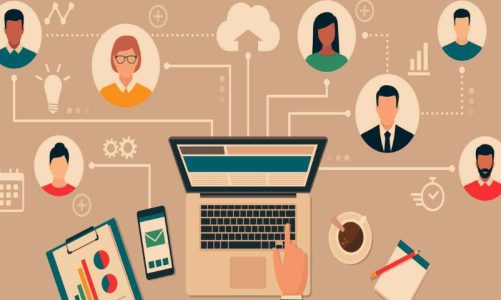Journey Map In The Customer Experience : Just as the shopper identifies where he or she is going to buy a product, the journey map describes the experience that the person will encounter when making the purchase.
The goal might be to help your customers find the fastest way to get from point A to point B. But crafting that streamlined path to the next most critical point in a customer journey isn’t always easy. It takes dedicated effort to think like your customers, envision everything they might be considering and evaluating, and make intuitive decisions about ways you can not only meet their expectations but deliver moments of delight.
How To Create The Travel Map
Travel maps can take various formats and constructions. A quick Google search will show you a plethora of examples and methods for mapping trips. Here’s how to start a journey map process:
Divide the journey into phases:
You can take advantage of proven phases like “awareness”, “consideration”, etc. Start at the highest level possible and divide it up from there.
Use the “Be Seen – Be Valued – Be Trusted” steps to think about what your journey is doing to address these three pillars.
Once you know each phase you want to include, start thinking about the ways you will evaluate those phases.
- What goals will you have in each phase?
- How will you present your product in each phase?
- What touchpoints, channels, or people will be involved?
- What do you want your client to think about in each phase?
- Map these questions to your current understanding of your experience, and then take a long, comprehensive look at ways you can improve your customers’ experience. Can you eliminate steps, add moments of value, or meet expectations that you may not meet today?
Six Steps To Managing The Entire Customer Journey
Unification of service channels
The growing number of contact channels (web, email, RRSS, voice, chats, etc.) must be integrated, giving agents access to all information through any of them. Interactions should be able to start in one channel and continue in another without losing the thread of the conversation.
Automation
Automating processes through bots and artificial intelligence speeds up the journey and offers more useful, simple, and engaging experiences. In addition, it also serves so that human agents can dedicate their time to more qualified tasks.
Personalization
Use information about the consumer, especially that collected during previous interactions, to personalize the experience and be proactive in optimizing new interactions and future experiences. Having the ability to provide customer history and preferences in real-time greatly improves the user experience.
Context
Use knowledge about the customer journey to improve and offer more and better options, increasing the chances of creating more value for the customer and the company. Some banks provide their debt collection agents with apps that connect with the companies’ systems and account managers, allowing personalized negotiation on the spot.
Innovation
Convert interactions into new sources of value such as new consumer and brand services, and mine the data to learn which services or features will add value to the organization and be appreciated by users. Fleet management companies have realized that equipping vehicles with monitoring technology gives them value, as well as having the fleet automatically connected to service centers so that communication can be established in certain situations.
Culture and Training
Prepares employees and creates excellence and a service mindset. Human resources need to have value to generate more value. Customer intelligence is derived from the feedback and experience of the agent, which considers a wide range of user needs and creates ideas that generate value for the company




